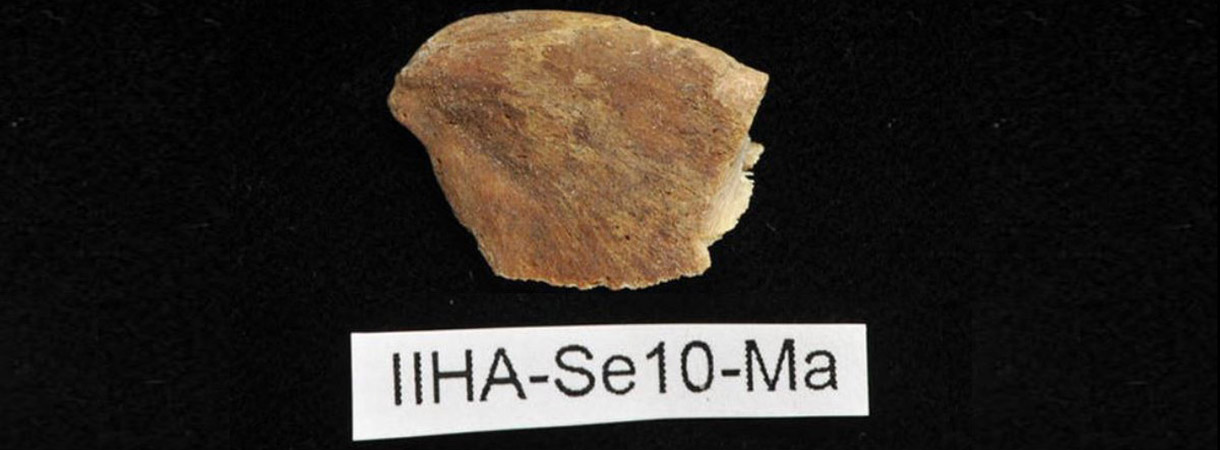Fish the primary source of nutrition in medieval Northern Ostrobothnia, a recent study reveals
Researchers investigated the diet of people buried in the Ii Hamina cemetery from the 15th to the 17th centuries by analysing isotopes in the bones of the deceased. Isotopes preserve information on the various nutrient sources used by humans during their lifetime. A study published in the Environmental Archaeology journal reveals that the dominant protein source was small fish, such as roach or Baltic herring.
Published on 7 March 2018, Photo: Maria Lahtinen
The medieval cemetery of Ii Hamina is located next to the centre of the Ii municipality. Through investigations conducted at the cemetery, significant knowledge has been gained on past human generations in Northern Ostrobothnia and in Finland in general.
The study of the diet of medieval Ii residents indicated a very large share of fish-based food. Of all protein consumed, as much as 70% may have been fish. On the one hand, this is evidence of the importance of waterways; on the other hand, it indirectly indicates the insignificance of farming and dairying in the region.
You can find the full story here.
